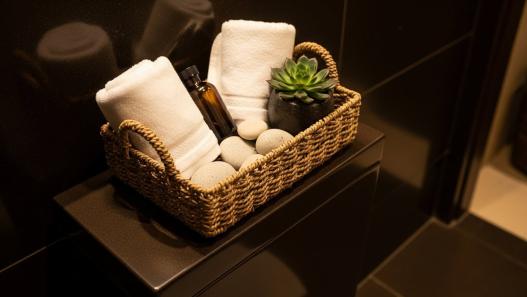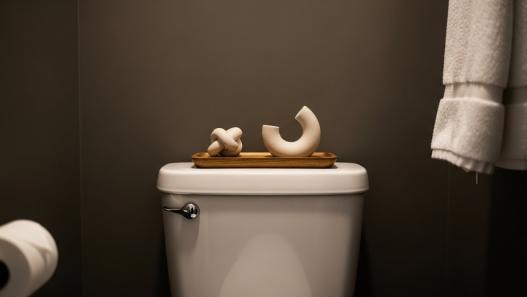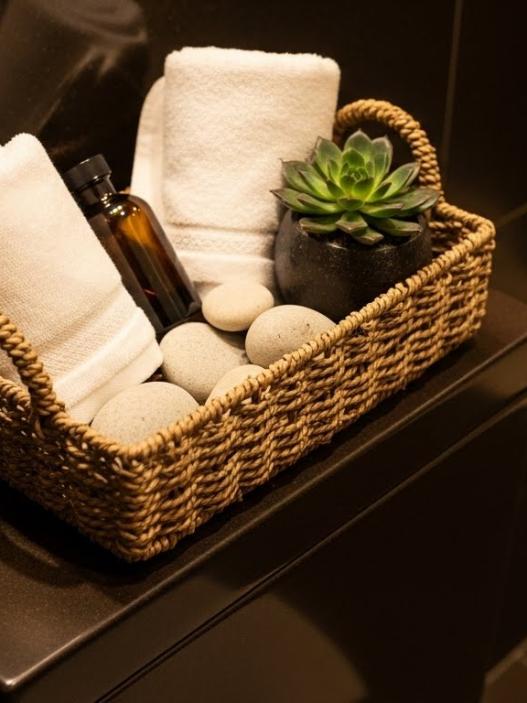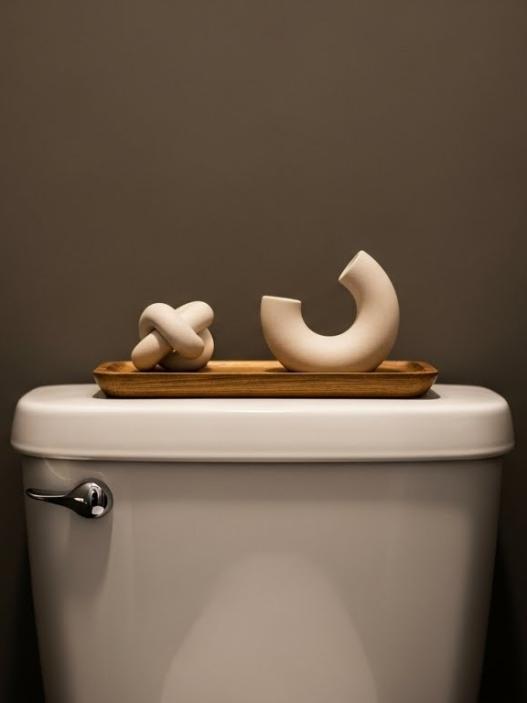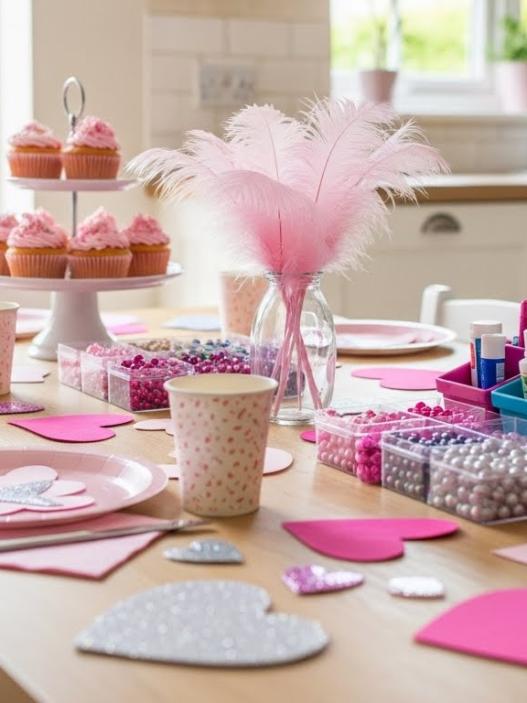As temperatures drop and routines shift, fall brings more than cozy vibes and changing leaves; it also comes with its own set of risks that can easily slip under the radar. Whether it’s damp walkways, earlier sunsets, heating hazards, or the spike in seasonal bugs, this time of year quietly introduces new challenges around the home.
This guide breaks down the key fall safety tips worth knowing. From preventing slips and power outages to staying healthy and warm as autumn sets in. No fluff, just clear, practical steps to help you stay ahead of the season and avoid preventable problems before winter rolls in.
Fall Home Maintenance Checklist
Taking time for seasonal home maintenance reduces accidents and prevents costly repairs.
1. Gutter and Roof Readiness
- Remove leaves and debris from gutters to prevent overflow and ice dams.
- Check that downspouts direct water at least 3 feet away from your foundation.
- Inspect shingles for warping, missing pieces, or cracks.
- Clean skylights and repair flashing around vents and chimneys.
2. Seal and Insulate the Home
- Apply weatherstripping to doors and windows.
- Use spray foam or insulation to close gaps in attics or crawlspaces.
- Insulate exposed plumbing to avoid freezing.
- Install storm doors and thermal curtains for added insulation.
3. Inspect the Foundation and Siding
- Look for signs of water damage, mold, or structural shifting.
- Seal foundation cracks and gaps with masonry caulk.
- Power wash siding to remove mold or mildew.
Heating System Safety
Home heating is essential, but without proper care, it poses serious risks.
1. Furnace and HVAC Inspection
- Schedule annual inspections by a licensed HVAC contractor.
- Replace filters every 30-60 days during heavy use.
- Check for carbon monoxide leaks and ensure proper ventilation.
2. Fireplace, Wood Stove, and Chimney
- Remove creosote buildup to reduce chimney fire risk.
- Install a chimney cap to block debris and animals.
- Burn only seasoned hardwood—never paper, plastic, or treated wood.
- Keep a metal container nearby for ash disposal.
3. Space Heater Guidelines
- Choose models with an automatic shutoff and tip-over protection.
- Keep a 3-foot clearance from furniture, bedding, and curtains.
- Place heaters on a flat, fire-resistant surface—never on rugs or carpets.
Outdoor Safety and Yard Preparation
Outdoor environments change dramatically in fall, requiring ongoing attention.
1. Leaf Removal and Pathway Safety
- Wet leaves can be as slippery as ice—rake regularly.
- Blow leaves off steps, porches, and patios daily.
- Apply non-slip coatings or grip tape on stairs.
2. Tree and Shrub Maintenance
- Prune out dead or overhanging branches that could break in storms.
- Remove weak trees near homes or power lines.
- Mulch garden beds to protect plant roots and prevent muddy runoff.
3. Lighting and Visibility Enhancements
- Use dusk-to-dawn sensors on outdoor lights.
- Illuminate all entrances, walkways, and driveways.
- Clean lenses of light fixtures to maximize brightness.
Garage and Vehicle Fall Preparation
1. Vehicle Readiness for Cold Weather
- Replace old windshield wipers and top off wiper fluid with freeze-resistant mix.
- Inspect brakes, tires, and battery.
- Keep jumper cables, tire chains, gloves, and snacks in your emergency kit.
2. Garage Safety and Organization
- Store chemicals, fuel, and antifreeze out of reach of children and pets.
- Secure tools and ladders to prevent falls.
- Ensure garage door sensors are working and reverse when blocked.
Fall Clothing and Personal Safety Tips
1. Dress Smart for Changing Conditions
- Wear layered clothing: base layer (moisture-wicking), middle layer (insulation), outer layer (windproof/waterproof).
- Non-slip boots reduce fall risk in rain or frost.
- Keep hats and gloves accessible for temperature drops.
2. Increased Awareness After Dark
- Carry flashlights or wear clip-on LED lights when walking after sunset.
- Use high-visibility clothing for walking or biking.
- Avoid distractions like phones or headphones near traffic.
Fall Safety Tips for Seniors
Autumn poses added risks for older adults. Taking extra precautions can prevent injuries.
1. Preventing Falls
- Install handrails on all staircases.
- Place non-slip rugs in entryways.
- Use motion-sensor night lights in hallways and bathrooms.
2. Medication and Vision Checkups
- Confirm that medications don’t cause dizziness or fatigue.
- Schedule eye exams and update your glasses prescriptions.
- Keep emergency contacts programmed into cell phones.
3. Community and Wellness Monitoring
- Encourage regular check-ins with neighbors or family.
- Set reminders for hydration and meals.
- Ensure heating is adequate and monitored with a thermostat.
Pet Safety Tips for Fall
Cooler temperatures and seasonal changes can affect household pets too.
1. Outdoor Time and Shelter
- Shorten outdoor time during cold or wet weather.
- Provide insulated, weatherproof shelters if pets stay outside.
- Avoid walking pets over salted sidewalks, as the chemicals can irritate paws.
2. Toxic Fall Hazards for Pets
- Keep pets away from pumpkins with mold, compost piles, or fallen fruit.
- Store antifreeze and rodent poison securely—it’s deadly even in small doses.
- Don’t let pets chew on sticks, acorns, or seasonal decor.
Fall Health and Indoor Air Quality
Cold weather often means more time indoors. Ensuring clean air reduces sickness and allergies.
1. Combat Indoor Allergens
- Replace HVAC filters with high-efficiency HEPA filters.
- Vacuum carpets with a filter-equipped vacuum cleaner.
- Use a dehumidifier to reduce mold risk.
2. Prevent Seasonal Illnesses
- Disinfect high-touch surfaces regularly: doorknobs, phones, remotes.
- Get the seasonal flu vaccine and encourage household members to do the same.
- Wash hands frequently and keep hand sanitizer at entry points.
Kitchen and Cooking Safety in the Fall
Cooking and baking increase during the fall holidays—so do accidents.
1. Holiday Meal Preparation
- Stay in the kitchen when frying, grilling, or broiling.
- Keep pot handles turned inward and away from children’s reach.
- Use timers to avoid forgetting food on the stove or oven.
2. Appliance and Electrical Safety
- Inspect cords for frays or loose connections.
- Do not overload kitchen outlets.
- Use surge protectors for small appliances.
Fall Emergency Preparedness Plan
1. Update Emergency Supplies
- Include flashlights, batteries, first-aid, shelf-stable food, and water.
- Add blankets, gloves, and hygiene items in case of outages.
- Store essentials in both home and car emergency kits.
2. Establish Family Safety Protocols
- Practice fire escape routes and assign meeting points.
- Review how to shut off gas, electricity, and water in an emergency.
- Keep printed emergency contacts in visible locations.
Final Fall Safety Checklist Summary
| Safety Area | Key Actions |
|---|---|
| Home | Inspect roof, clean gutters, seal drafts |
| Heating | Service furnace, clean fireplace, test detectors |
| Outdoor | Clear leaves, prune trees, improve lighting |
| Garage/Vehicle | Winterize car, check garage hazards |
| Personal | Wear layers, increase visibility at night |
| Seniors | Fall-proof home, monitor health routines |
| Pets | Limit cold exposure, store toxins safely |
| Health | Replace air filters, disinfect surfaces |
| Cooking | Watch stovetops, avoid overloaded outlets |
| Emergency | Update kits, rehearse safety drills |



